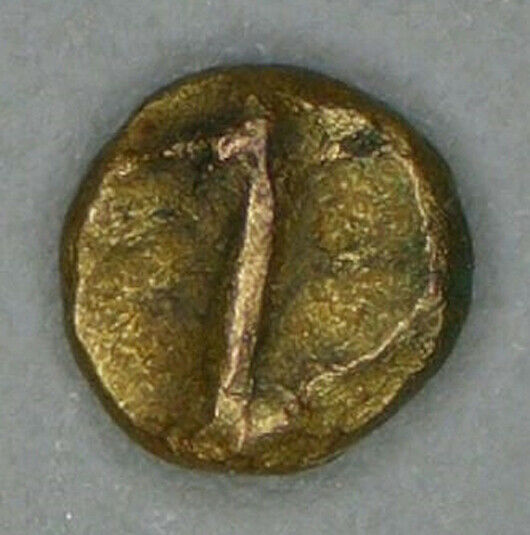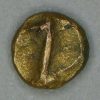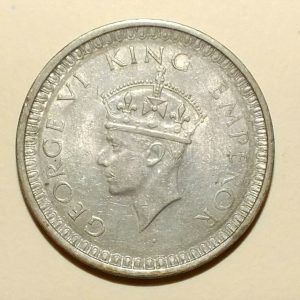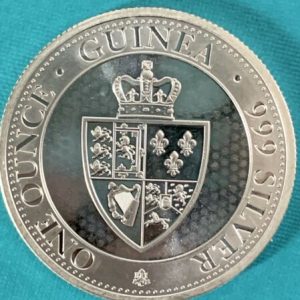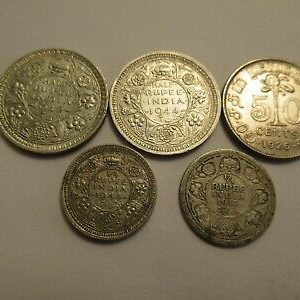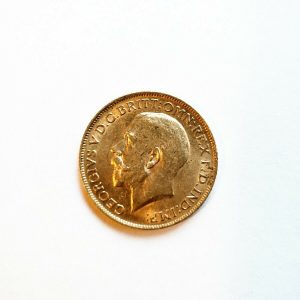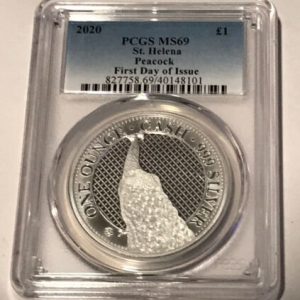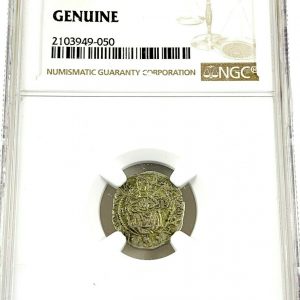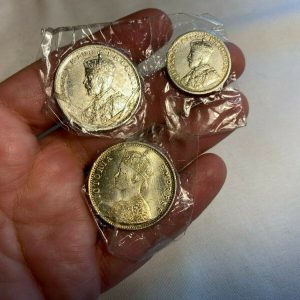- Description
Description
INDIA, Vijayanagar mint (?). 14th
– 16th centuries AD. AV Quarter Fanam (0.02675 grams – 3mm). Uncertain crude design / Uncertain crude
design. Mitchiner, NIS – ; Herrlli –
Ex Dr. Alexander
Fishman, Ancient Coins Canada (September), 2014
These are the smallest gold coins ever minted
for general circulation. These
come from Southern India and are often attributed to Vijayanagar, but the exact
provenance is unknown. These are die struck, range between two to four millimeters in
diameter, and are high purity gold. The
coins are usually crudely struck with a ‘cross’ or ‘leaf’ design on one side
and an uncertain crude design on another.
These coins are said to have been struck
between the 14th and 16th centuries when this region was
ruled by various dynasties: Hindu, Deccani Muslim, and later by Colonial powers such as the British, Dutch, French
and Danish that controlled the destiny of India.
It is said that the moderate to heavy rainfall
bring in these hidden treasures by flooding out the alluvial soil of the
region, especially during the monsoon period. These tiniest of coins seem too
small to handle, but were sorted, and counted by means of counting boards with
indentations to catch each piece. Little
else is known about these tiniest of miniatures coins.
This remarkable coin is an
exceptionally minute issue that is among the lightest
weight coins ever produced in any metal from
antiquity to the present day. The smallest coins in the world are believed to
be the early to mid-18th century silver
coins of Nepal that weigh between 0.008 and 0.015
grams (footnote 1). They depict
the trident of Shiva, an emblem frequently used on Nepalese coins.

